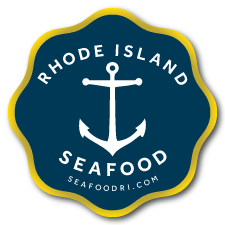Hosted by RI Sea Grant. Researchers across New England have been focused on better understanding a phytoplankton species known for producing domoic acid, a neurotoxin that can harm wildlife and humans, ever since an unprecedented harmful algal bloom in 2016 prompted the first bay-wide precautionary closure for shellfishing in Rhode Island.
“An increase in bloom events and domoic acid production represents a significant risk to the state’s shellfish industry and local populations as domoic acid is responsible for amnesic shellfish poisoning,” says Matthew Bertin, Ph.D., who has been studying the production of cytotoxic compounds by harmful algal blooms for the last several years.
On December 12, Bertin, the Gilles and Malvina Klopman Assistant Professor of Chemistry at Case Western Reserve University, formerly of URI, will discuss recent findings regarding the drivers of this species in Narragansett Bay and implications for future blooms.
“This information will be valuable to resource managers and stakeholders in order to forecast times when domoic acid is at its highest concentration in Narragansett Bay ... Additionally, determination of toxin triggers will result in mitigation strategies that will serve the shellfishing community and the general public.”
The Coastal State Discussion Series is a forum dedicated to highlighting current scientific research, finding solutions, and building partnerships focused on marine issues impacting coastal communities and environments.
